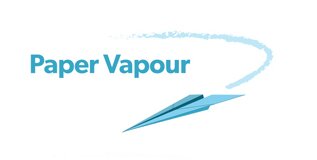If you get frustrated by junk mail, paper cups, disposable napkins, catalogues, packaging or pointless photocopying, you need to come to the Paper Saving Summit.
On 31 May 2016, people will gather from around the world for a summit about paper saving at Wiston Lodge in the Scottish borders. We will be discussing how we can achieve the first goal of the Global Paper Vision: to reduce global paper consumption. Our goal is to be
both inspiring and practical, having fun but also resulting in a viable joint paper saving campaign. So far we have participants from around Europe, China, Australia, USA and Canada and the more the merrier.
The event will begin with a Paper Saving Passions Catwalk, where participants will give creative expression to their passions, irritations, ideas and projects about paper saving. We’ll have market stalls, where details of current campaigns will be shared, and we’ll be bouncing around frightening facts about paper waste to keep us motivated, while also exploring solutions on which we can work together.
There will be lots of opportunities for discussion, so whether you have a practical project that is going well, or just know paper consumption is a problem but have no idea where to start, this meeting is for you. Come along, be inspired and get active.
All member organisations of the Environmental Paper Network are welcome to take part. Bookings can be made by following this link.
For guidance about preparation for the summit and the agenda, see here.
Contact for more information.







